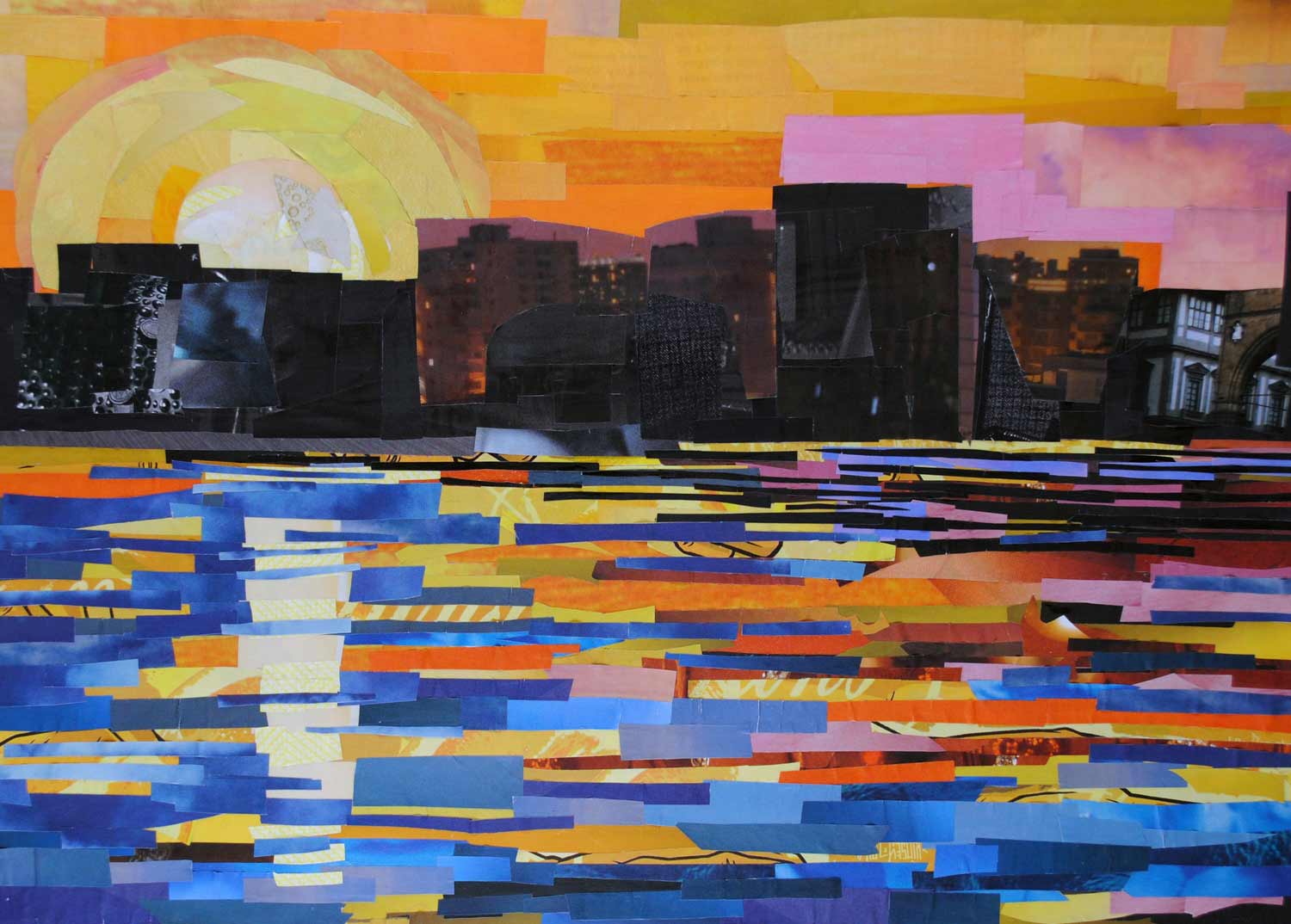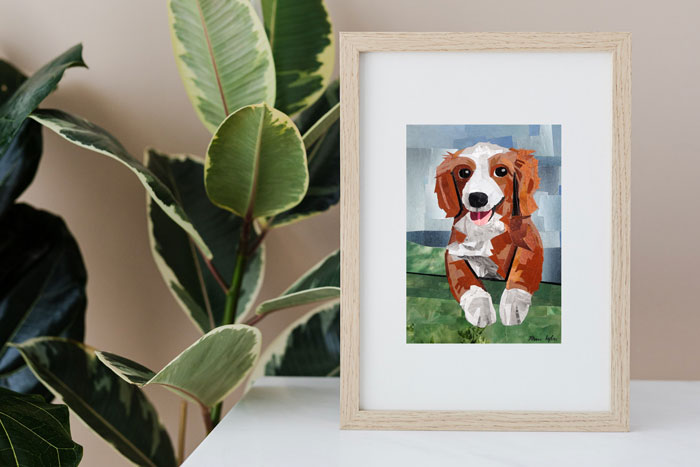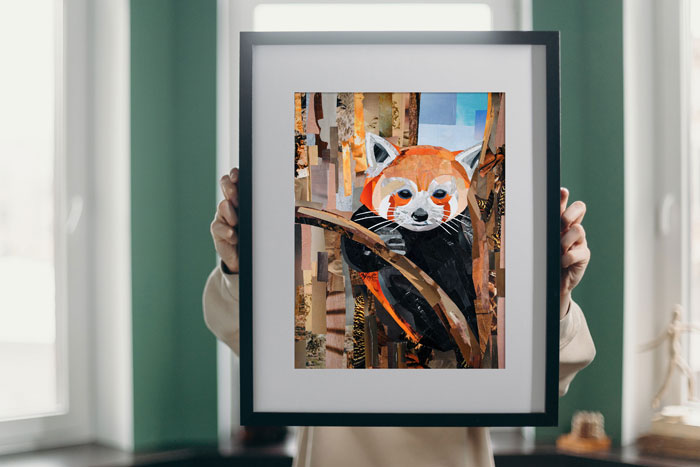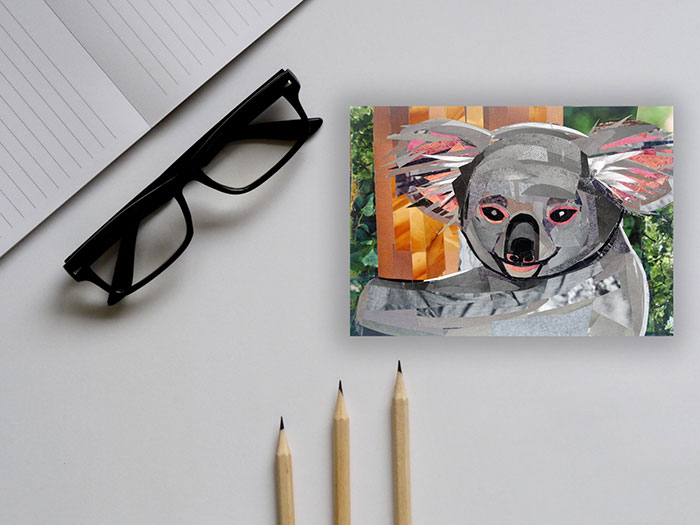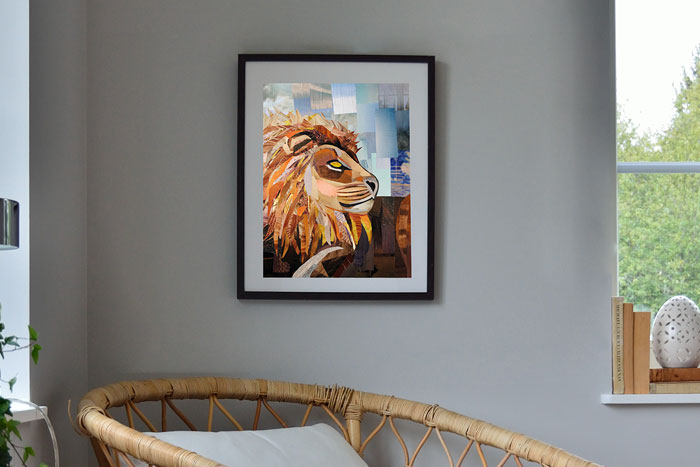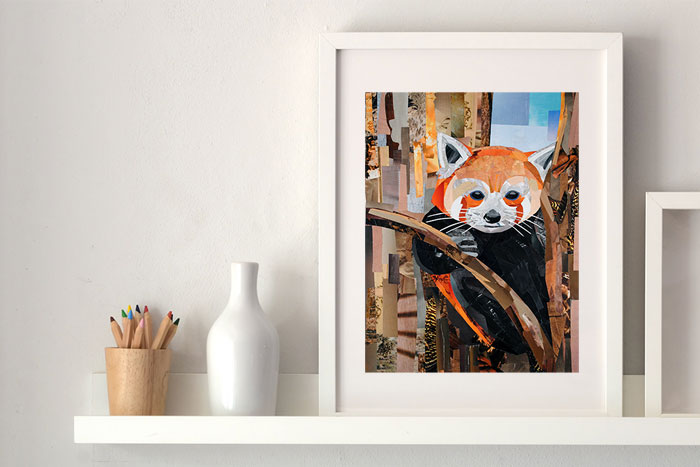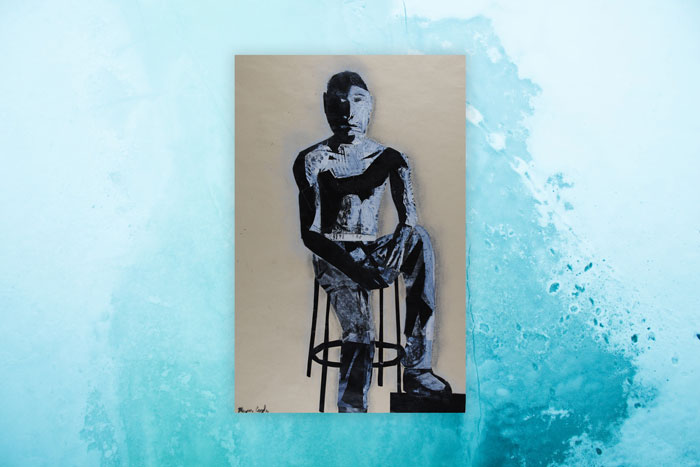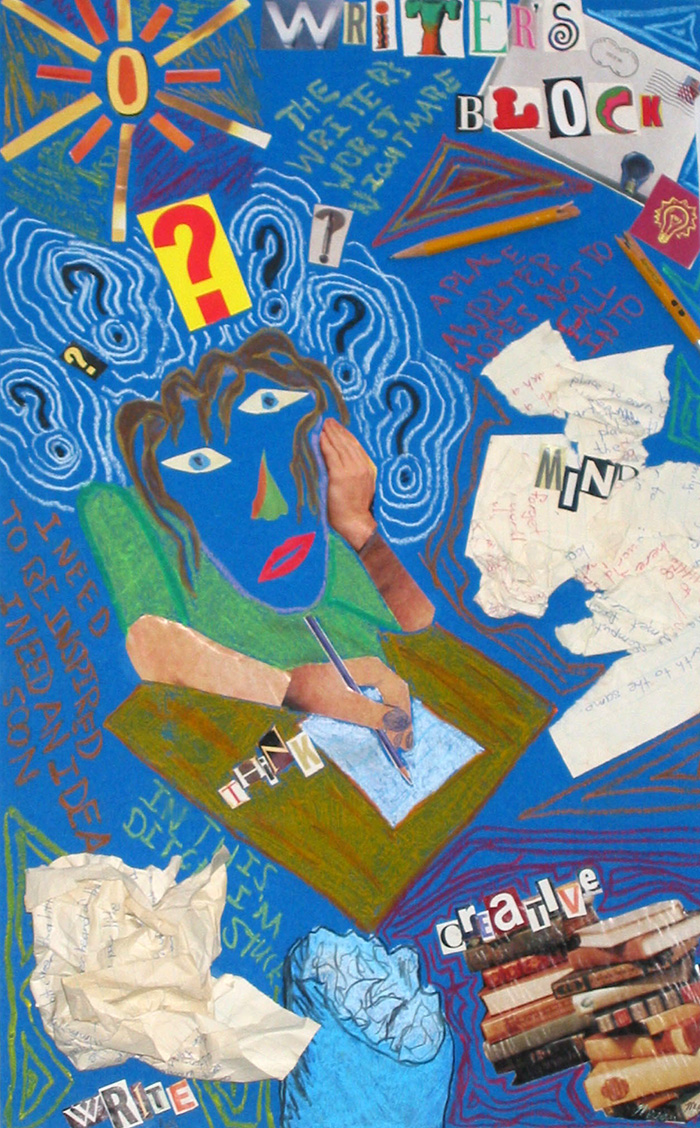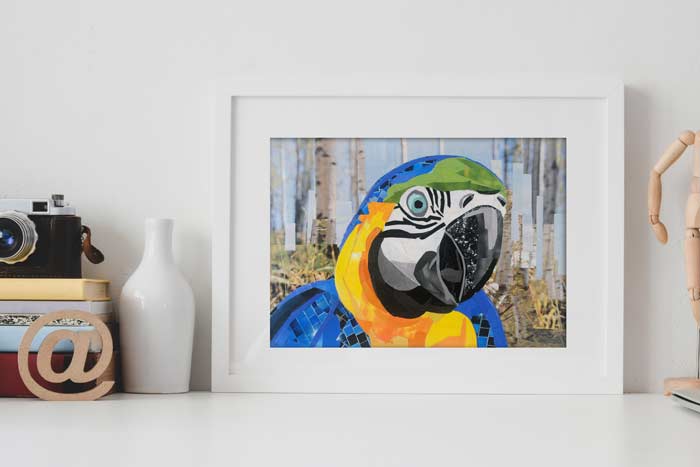
When I was a kid, my parents often signed me up for classes at a local art gallery, and just about every year, I took an art class in school. Over the years, I experimented with a variety of mediums – from ceramics to bookbinding, and from painting to charcoal drawing. I was always making something and enjoyed taking classes that introduced me to different techniques and mediums.
In high school, I started exploring the collage medium more. Previously, I had only ever made collages that were more stereotypical – filled with cutout words, phrases, and entire images that created more of a “vision board” look. But in high school, I started exploring mixed media along with magazine cutouts:
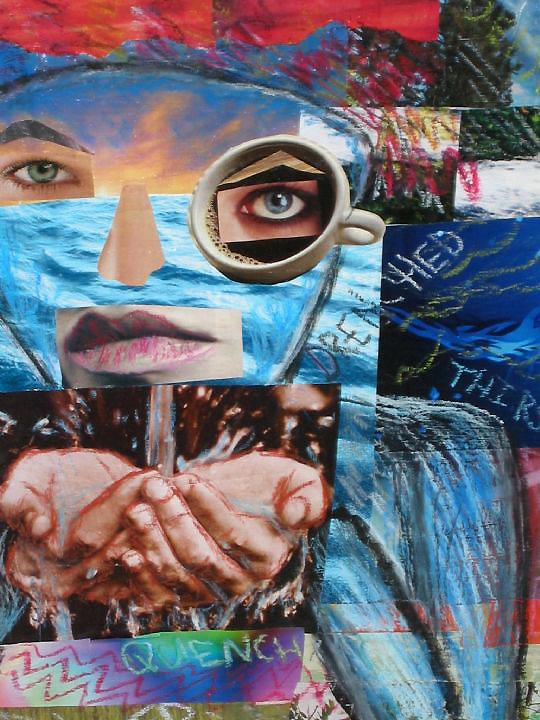
I was drawn to how spontaneous the medium felt – how I never knew what fragments of images I’d find when paging through a magazine. However, I still felt a need to draw or make some sort of physical mark on the page since I was so accustomed to making art that way. Later on, I focused on making collages with magazine cutouts that I drew on top of with oil pastel:
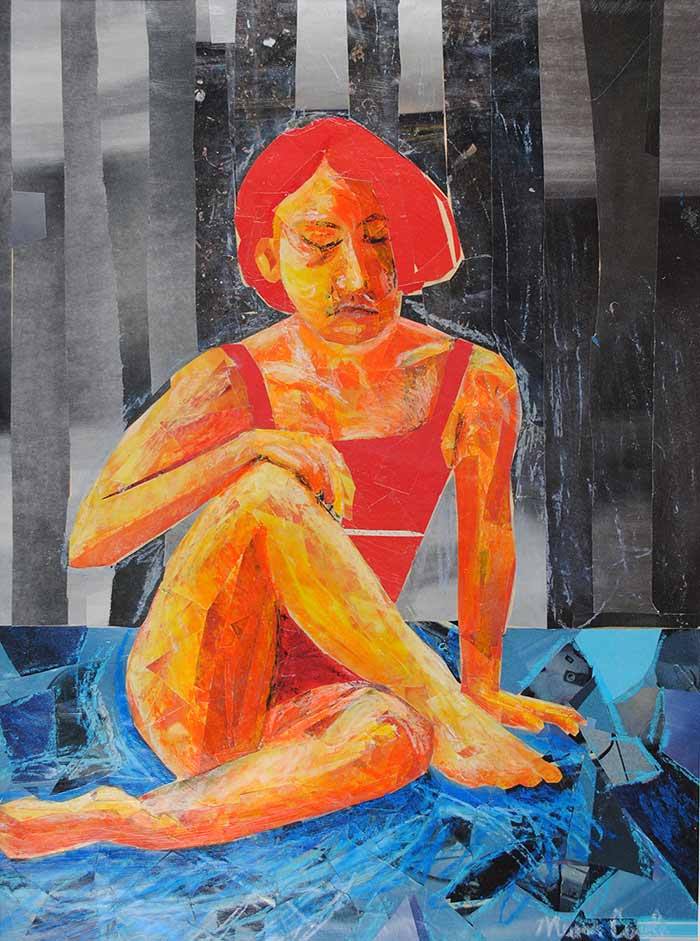
Once I reached college, I started to focus primarily on how I could make works of art entirely from magazine cutouts. I was drawn to the challenge of finding all the right colors and textures for a given composition:
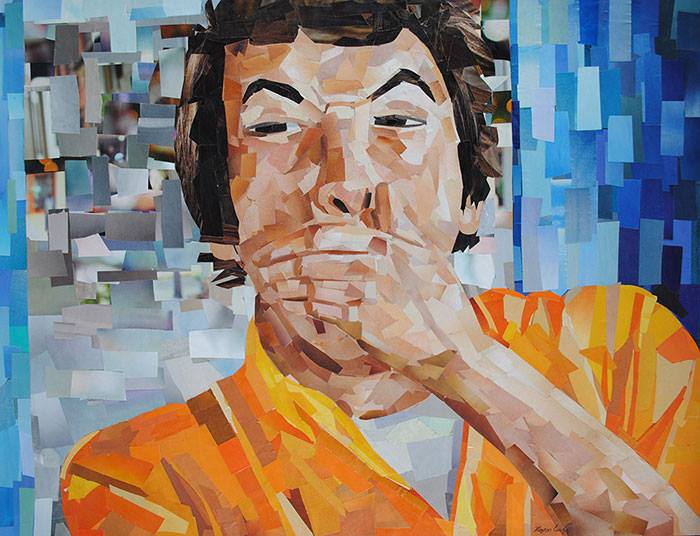
Ultimately, I picked collage as my creative medium because, of all the mediums I explored, collage was my favorite. It made sense to focus entirely on collage and really explore that medium since it was something I enjoyed so thoroughly.
And now, I have only made collages for the past several years. Perhaps I will revisit some other mediums at some point, but for now, I enjoy challenging myself by tackling different compositions with collages made entirely from magazine cutouts.
